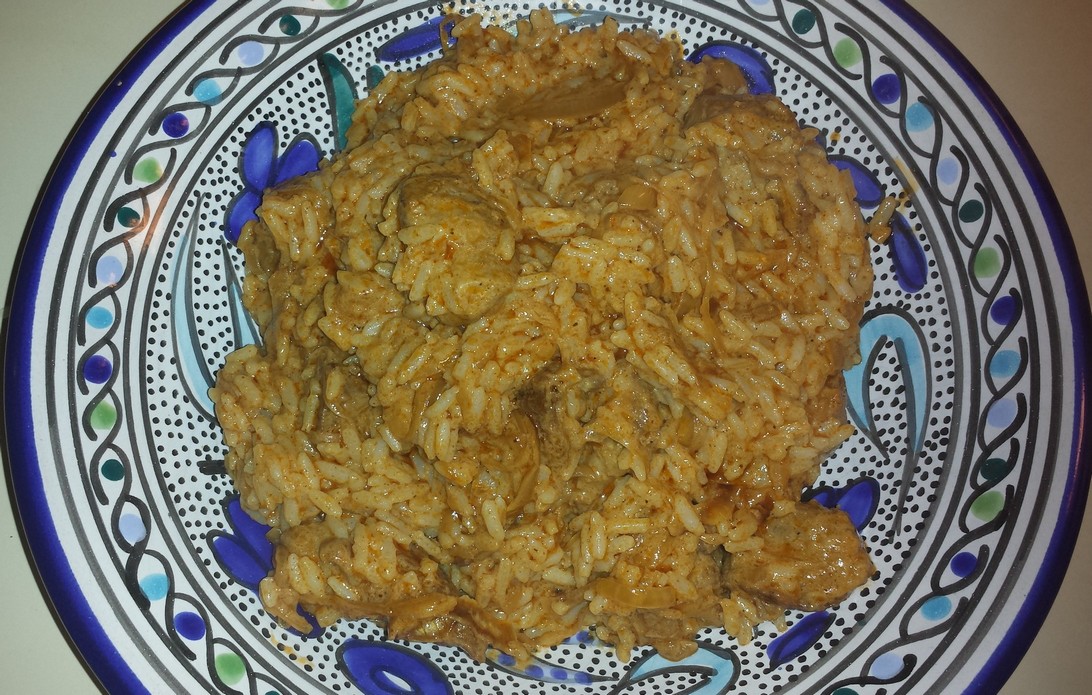- Joined
- Jul 12, 2011
- Messages
- 1,586
- Reaction score
- 1,429
I made the topic broad enough because some rice dishes, such as risotto already come as such (i'll explain).
I am going to use curry as an example. I am somewhat new to them and only had them 4-5 times at 3 different restaurants. They are small local places but one all had one thing is common: they all served rice and topped off with curry.
Here is my problem with it: even if I mix it well, it's still just cooked dry rice and curry on top. No amount of mixing would develop the flavor in rice. I do quick curries at home, with a paste but I cook rice 1/2 way through, drain it and let it cook last 5 minutes in a pan mixed with curry. Not only I can control how thick/thin I want it to be, but I find that rice picks up much of the flavor from curry and I can control salt/spiciness with greater success.
I do similar things with your stewed meats I freeze... Is this the typical way it's done in authentic restaurants or at home is curry on top/rice bottom looks better and provides nice contrast?
Earlier today, I was in a rush and I think it could use slightly more moisture. Flavor was spot own, hints of spicy in the back, hints of tamarind in the beginning and nice mellow flavor

I am going to use curry as an example. I am somewhat new to them and only had them 4-5 times at 3 different restaurants. They are small local places but one all had one thing is common: they all served rice and topped off with curry.
Here is my problem with it: even if I mix it well, it's still just cooked dry rice and curry on top. No amount of mixing would develop the flavor in rice. I do quick curries at home, with a paste but I cook rice 1/2 way through, drain it and let it cook last 5 minutes in a pan mixed with curry. Not only I can control how thick/thin I want it to be, but I find that rice picks up much of the flavor from curry and I can control salt/spiciness with greater success.
I do similar things with your stewed meats I freeze... Is this the typical way it's done in authentic restaurants or at home is curry on top/rice bottom looks better and provides nice contrast?
Earlier today, I was in a rush and I think it could use slightly more moisture. Flavor was spot own, hints of spicy in the back, hints of tamarind in the beginning and nice mellow flavor





